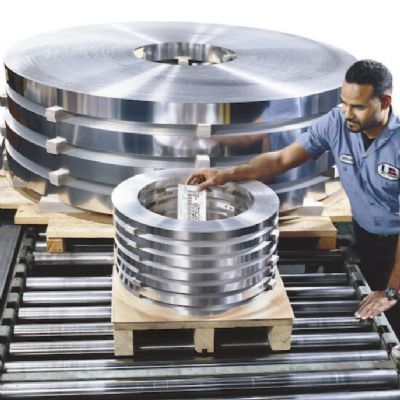Cooking, and Grinding, with Additive
August 5, 2016Comments
I’m starting to see the folks working in the 3D metal-printing arena like kids in the proverbial candy store. What other conclusion can be drawn after reading Terry Wohlers’ column in this issue (pages 10-12), which highlights one 3D-printing technician’s efforts to design, fabricate and finish a 3D-printed aluminum guitar body, complete with barbed-wire highlights.
For sure, I’m one of those kids, thoroughly enjoying staying current on the rapidly changing landscape of this electrifying (no pun intended re: the printed electric guitar) industry. With big-time players like General Electric leading the way (nearly everyone knows of its 3D-printed jet-engine fuel nozzles), the technology developments are coming quickly and furiously. In fact, GE estimates (per a recent blog post by Todd Alhart, GE global research media relations manager) that “by 2025, more than 20 percent of new products will involve additive processes of some kind.”
News crosses my desk daily about some new and impressive application for metal printing. Take, for example, the work under way at the Lawrence Livermore National Laboratory (LLNL), where researchers are using a powder-bed SLM printer and customized software to create, as described by a DoD technologies program director, “functionally graded structures for optical lasers that are impossible to make by conventional manufacturing methods.”
Most noteworthy about this application is the addition to the printer of diagnostic tools and high-speed cameras that can examine thermal emissions and surface details during part buildup. As described by LLNL physicist Ibo Matthews, the addition of such quality-control techniques allows users to more readily determine how defects occur during the printing process, and create a “3D map available at the end of the build that shows what and where it happened.” It’s that type of practical R&D that will enable GE’s optimistic outlook to come true.








